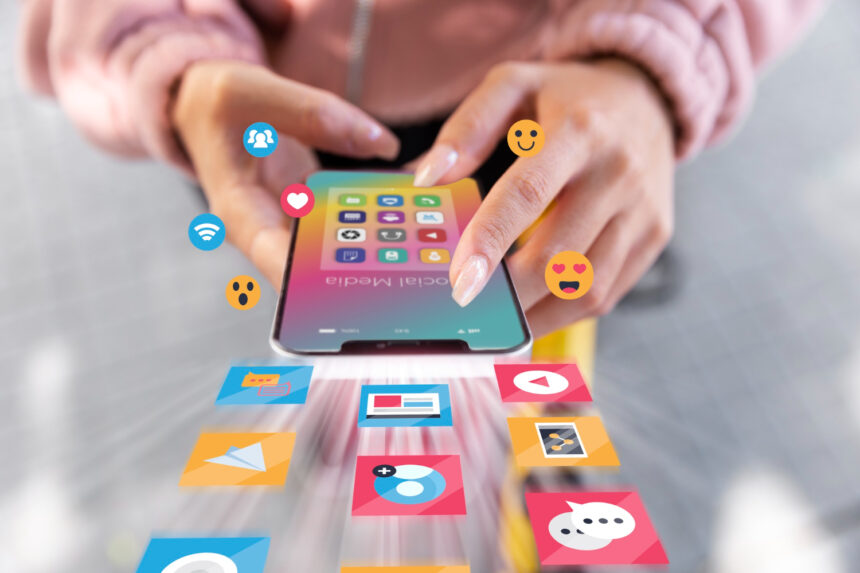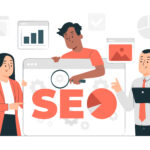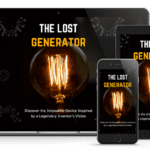The way people shop and connect online keeps changing fast. New tech and new rules mean your marketing strategies need to stay fresh. If you want to beat your competitors, you have to know the latest tactics for 2025. This guide cuts through the noise and shows you proven online marketing tactics that work this year. From AI to voice search, you’ll learn what to focus on to grow your brand and boost sales.
Emerging Trends in Online Marketing for 2025
The Rise of Artificial Intelligence and Machine Learning
AI is no longer just a buzzword. It helps businesses send more personalized messages and make shopping easier. Chatbots now answer questions instantly and feel more human. Content tools can even write blogs or social posts, saving time. Companies using AI see higher conversions because they better understand their customers.
Increased Focus on Voice Search and Voice Commerce
More people are using voice to find things online. In 2025, about 50% of searches are voice-based, up from just 20% five years ago. Your content needs to answer spoken questions naturally. Think in phrases like “Where can I buy…?” or “Best way to…” to fit voice habits.
Expansion of Augmented Reality (AR) and Virtual Reality (VR)
AR and VR let people try products before they buy — right from home. Brands are using virtual dressing rooms or 3D product views. For example, furniture stores letting customers see how a sofa looks in their living room boost sales and cut returns.
Privacy-First Marketing and Data Ethics
New laws like GDPR and CCPA mean businesses must handle data carefully. Customers want transparency and control. Using anonymized data and clear privacy policies help build trust. Ethical marketing isn’t just right —it’s good for your brand’s reputation too.
Content Marketing Strategies for 2025
Personalized and Interactive Content
Consumers crave tailored experiences. Use quizzes, polls, and clickable videos to keep people engaged. For example, a clothing store can suggest outfits based on quiz answers. Interactive content keeps users involved longer and increases chances they’ll buy.
Short-Form Video Dominance
TikTok, Instagram Reels, and YouTube Shorts keep winning attention. Short videos are quick and fun, perfect for busy audiences. Focus on storytelling, humor, or eye-catching visuals. If you make slick clips, your brand can go viral and reach new fans fast.
Long-Form Thought Leadership Content
Deep guides and articles help brands stand out as experts. Sharing detailed insights earns trust and builds authority. For example, a wellness brand sharing a comprehensive health guide can attract loyal followers.
Content Optimization for SEO and Voice Search
Use words that sound natural and match how people ask questions. Think about semantic keywords, like “best way to train a dog,” instead of just “dog training.” Also, format content for featured snippets—short, clear answers that appear at the top of search results.
Data-Driven Marketing and Analytics
Advanced Customer Segmentation
AI helps sort audiences into tiny groups based on interests, behaviors, and even moods. More precise segments allow for highly personalized ads. This means you’re spending less while reaching the right people more often.
Predictive Analytics and Sales Forecasting
Machine learning can guess what customers will want next. Retailers can plan inventory better and adjust campaigns early. For example, if data shows interest in summer gear, you can start promotions earlier.
Real-Time Data Utilization
Watching what’s happening now lets you change campaigns on the fly. Tools like Google Analytics or social media dashboards let you see instant results. Quick tweaks can boost performance and stop waste.
Measuring ROI and Attribution Models
Multi-touch attribution assigns credit to every touchpoint — from ads to emails. Knowing which efforts truly drive sales helps you make smarter investments. Clear metrics make it easier to prove marketing’s value.
Digital Advertising Strategies for 2025
Programmatic Advertising and Automated Bidding
Automated tools buy ad space in real time and target specific groups. This approach gets your ads in front of the right eyes faster and cheaper. Platforms like Google Ads and The Trade Desk have made automation standard.
Social Media Advertising Innovations
New ad formats pop up regularly on platforms like Meta, TikTok, and Snapchat. Interactive ads, AR experiences, and shoppable posts help engage audiences. Influencers also remain powerful—partner with micro or nano-influencers to boost authenticity.
Native and Sponsored Content
Ads that look like regular posts blend more smoothly into feeds. Think branded articles or videos scattered naturally in content. These often get higher engagement and less block.
Influencer and Advocate Marketing
Building real relationships with followers generates trust. Small-scale influencers or brand advocates can bring better ROI than big celebrities. Their authentic voices resonate more with consumers.
Social Media and Community Building
Platforms of the Future
New platforms are gaining ground—think BeReal or newer niche apps. Jumping early can give you a competitive edge. Focus on platforms where your audience spends time.
Community-Driven Campaigns
Create conversations around your brand. Invite users to share stories, participate in challenges, or join groups. Examples include loyalty programs or exclusive events that foster trust and loyalty.
User-Generated Content and Social Proof
Encourage happy customers to post reviews or photos. Authentic content builds credibility and influences others. Track impact via engagement rates and conversions.
Conversion Rate Optimization and Customer Journey Mapping
Personalized User Experiences
Show visitors relevant offers based on their behavior. Use tools like heatmaps or A/B tests to understand what works best. A website that feels personal encourages more sales.
Multi-Channel Customer Journeys
Guide prospects smoothly across social, email, or website channels. Consistency builds familiarity. Use data to fine-tune every step and remove friction.
Chatbots and Automated Customer Support
AI-powered chatbots answer questions 24/7. They handle common issues, reduce bounce rates, and increase sales. Automation offers help when human agents aren’t available.
Conclusion
By 2025, online marketing will get even smarter and more personal. Focus on AI, voice, AR, and data to connect better with customers. Content — both short and long — remains vital. Use data to tailor campaigns, and keep experimenting with new platforms and tools. The key is staying flexible, learning constantly, and putting your customers first. Those who adapt quickly will lead the pack in the years ahead.









